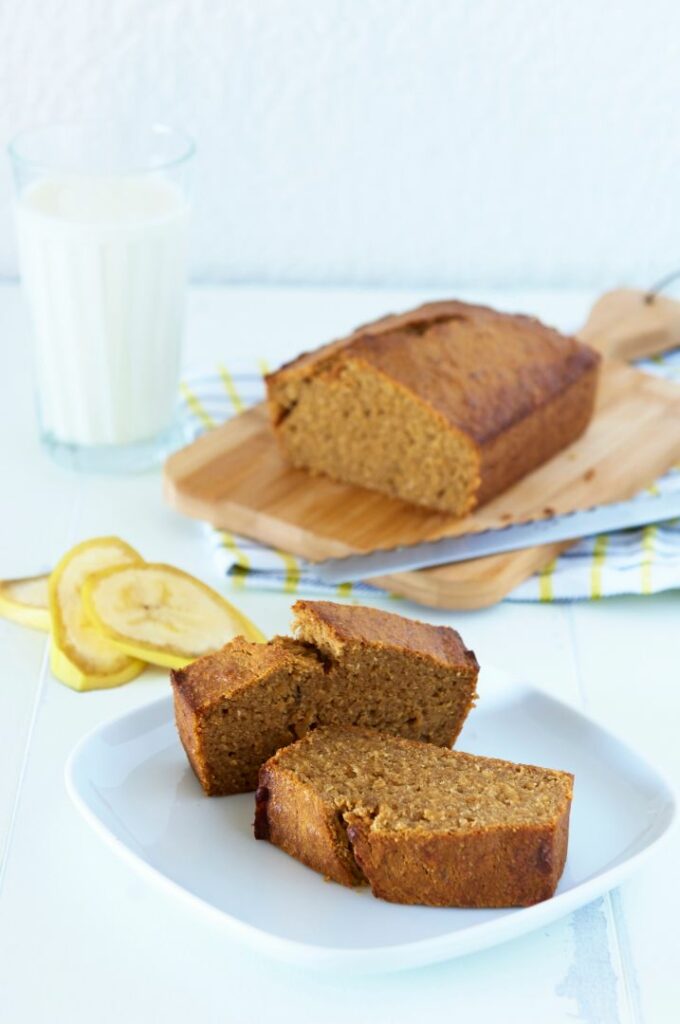I love bread and it is part of my diet – but too much of anything can be a bad thing and as wheat is included in so many foods today we thought we would outline how you could end up eating too much and the common side effects.
It is for this reason that in our Healthy Mummy smoothies that we made them gluten free (and dairy free) so if you are avoiding wheat then you can still enjoy our smoothies.
Wheat in our diet
Wheat is found in all sorts of food stuffs – bread, flour, pasta, cereals, cakes, pastries, pretzels and more. Wheat is found in carbohydrates, mainly, and carbohydrates make you feel full – and many of us eat plenty of wheat, every single day, without knowing whether or not we could actually be eating too much of it.
It’s well known that wheat contains gluten, which is a protein. A large proportion of the population are now thought to have gluten sensitivities, whereby the consumption of gluten causes symptoms such as bloating, tiredness, headaches and nausea.
A small proportion of the population have celiac disease, which is an auto-immune disease caused by the immune system basically attacking the peptides that gluten forms within the digestive tract – celiac disease can cause a range of symptoms, from diarrhoea, progressive weight loss, weakness and bone pain, and if it goes untreated, the individual with the disease is 40-100 times more likely to develop abdominal cancer.
A controlled study that aimed to discover the effects of gluten on otherwise healthy people showed that gluten can damage the intestinal lining and can cause bloating, tiredness and pain. This indicates that gluten may be unhealthy for everyone, not just those with gluten sensitivities or celiac disease.
Wheat also has a high glycaemic index, which can cause problems with your blood sugar. The starches within wheat are broken down very quickly and are absorbed into your blood very rapidly, leading to a spike in your blood sugar. This causes a feeling of satisfaction and satiation, but when your blood sugar spikes rapidly, it also drops rapidly – and this drop can leave you feeling tired, weak and dizzy.
If you have pre-diabetes or diabetes, this is particularly dangerous as a spike in blood sugar (or a dramatic drop) can cause hypoglycaemia, which can lead to a coma if untreated. If you eat too much wheat, you could cause numerous blood sugar spikes which could lead to you feeling very unwell.
Some recent research has also suggested that wheat is potentially addictive, in the same way that sugar can be addictive – and if both these foods are combined into one food product, the idea is that these food products are potentially addictive.
If you find that you’re having cravings for wheat, you should cut right back to 1 or 2 portions per day, or replace wheat with wheat-free products.
Because wheat is in hundreds of everyday food products, it is eaten by a huge proportion of the population – and many of those people who enjoy wheat products will never experience any of the symptoms mentioned above. If you do experience any of the symptoms mentioned above, you can do a fairly simple test to discern whether or not it is wheat that is causing your problems.
Simply check your food labels and cut out all foods containing wheat and gluten for a period of 7 to 14 days. Note down whether your symptoms disappear or whether they remain. After that period, introduce wheat back into your diet for 2-3 days.
If you have sensitivities to wheat, you should notice that your symptoms come back very obviously. Note down your exact symptoms and your overall sense of wellbeing. If you feel a lot worse for eating wheat, and you felt better for not eating wheat, chances are you have gluten or wheat sensitivities and should avoid wheat products. There are many alternatives available nowadays, and with gluten free flour and other baking products readily available, you can make your own wheat free foods or buy them off the shelf.
If your symptoms are particularly pronounced and you notice that they are caused by wheat/gluten, see your doctor to rule out celiac disease.

